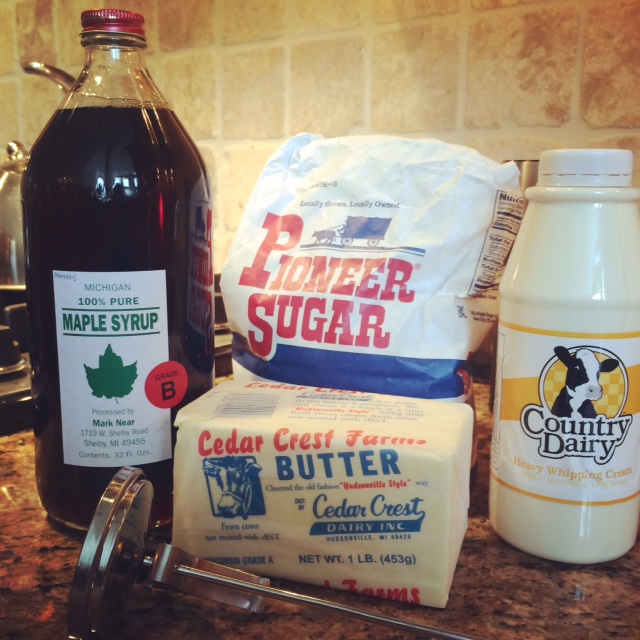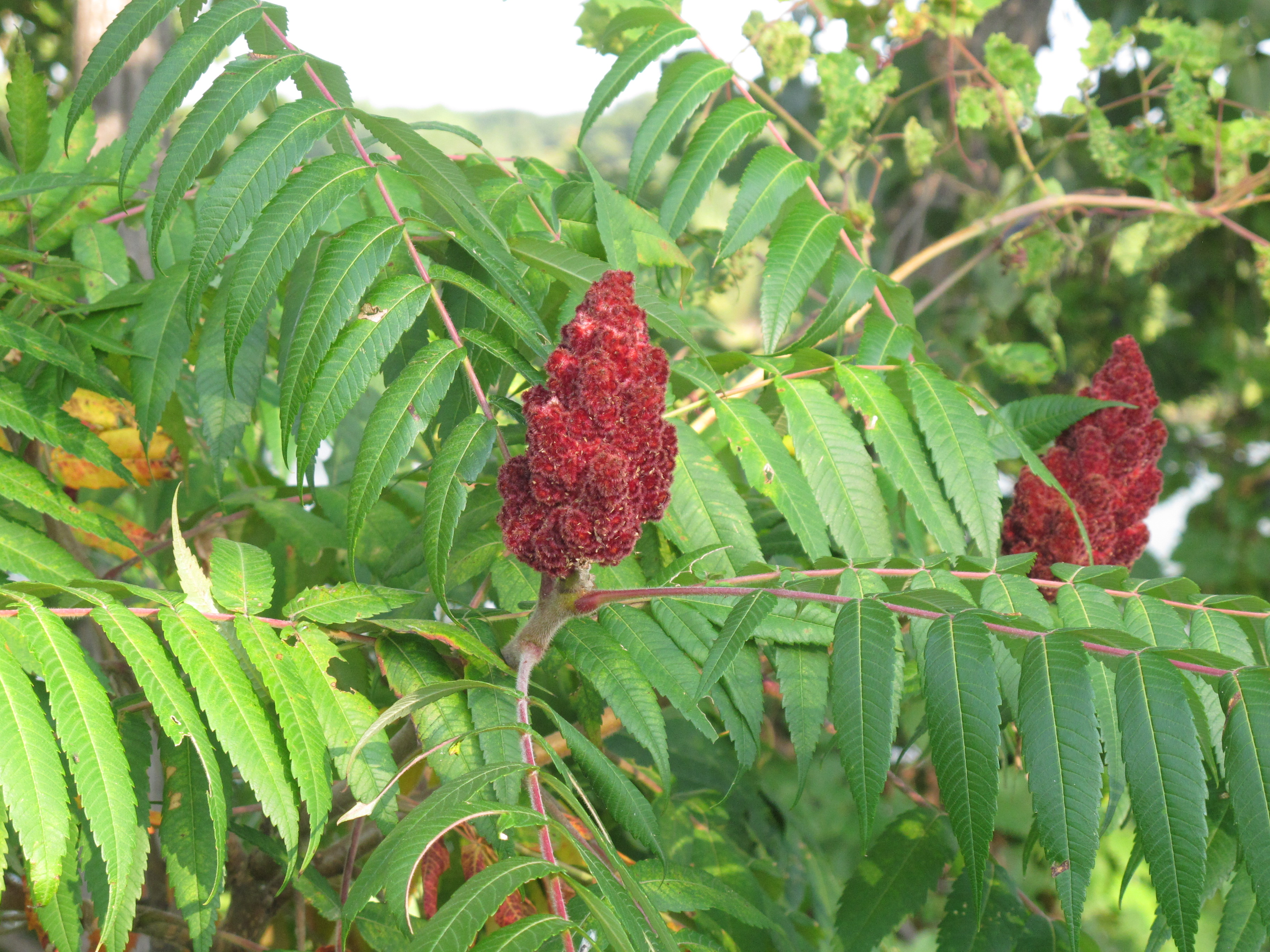Posted on October 14, 2022 by Lisa M. Rose
Acorns are a quintessential Michigan local food. A few barrels of acorns (Quercus spp.)
gathered before winter will bring you an abundance of nuts that are nutrient-dense, filled with complex carbohydrates, and are packed with plant proteins.






It takes effort to process the unpalatable, bitter nuts into a flavor-state that can be used in the kitchen, but that effort is well-worth it. Prepared acorn nutmeats have a flavor similar to the chestnut, and can be used in soups and pulverized into nut butter, as well as ground into flour for baking. The acorn has a special place in my home.
My father instilled in me the love for the oak tree and its acorns. My family gathers them in our yard, on walks, and friends drop them off by the bag-full. We shell acorns while watching Sunday college football games, or outside together in the park.
I am known also to host cocktail parties and haul out buckets of acorns to shell while friends catch up and mingle over drinks and cheese platters. I process enough nuts to make about 10-15 pounds of flour each fall. It is a nut that not only nourishes our bodies, but nourishes relationships and connectedness to the community around us.
Acorns start to fall in August, and can be readily be gathered off the ground well into the winter. Gather only those with firm, clean, and fresh-looking discs (the spot on top of the acorn where the cap was once affixed). Also discard any who’s cap appears dislodged, moldy, or simply “off.”
Make sure nuts with obvious insect infestation are discarded. Shelling acorns is done tediously by hand, with a hammer or pair of pliers, or by a hand-cranked nutcracker to process large batches.
Nutmeats will need to be soaked in water to remove the bitterness. Simmer the nutmeats in water at a 1:5 ratio and replace the water until the nutmeats are palatable and nutty-flavored.. To make flour from the acorns, dehydrate the nutmeats and then the dried nuts will need to be ground into flour. This can be done easily in a coffee grinder – simply toss a handful of dried nutmeats into the grinder and process it into a fine powder. Use immediately or freeze the remainder of the flour to extend its freshness.
Acorn Banana Bread
Ingredients
● 1 cup all-purpose (or gluten free) flour
● 1 cup processed acorn flour
● 1 TSP baking soda
● 1/4 TSP salt
● 1/2 cup butter
● 3/4 cup brown sugar
● 2 eggs, beaten
● 2 1/3 cups mashed overripe bananas
● 1-2 TBSP cocoa powder, if desired
Directions
- Preheat oven to 350 degrees F (175 degrees C). Lightly grease a 9×5 inch loaf pan.
- In a large bowl, combine the flours, baking soda and salt.
- In a separate bowl, cream together butter and brown sugar. Stir in eggs and mashed
bananas until well blended. Stir banana mixture into flour mixture, add a TBSP or two of cocoa powder, if desired. - Pour batter into prepared loaf pan.
- Bake in preheated oven for 60 to 65 minutes, until a toothpick inserted into center of the loaf comes out clean.
- Let bread cool in pan for 10 minutes, then turn out onto a wire rack.
Share this:
- Click to share on LinkedIn (Opens in new window)
- Click to share on Reddit (Opens in new window)
- Click to share on Twitter (Opens in new window)
- Click to share on Facebook (Opens in new window)
- Click to print (Opens in new window)
- Click to share on Pinterest (Opens in new window)
- Click to share on WhatsApp (Opens in new window)
- Click to email a link to a friend (Opens in new window)






































































 I remember growing up in my mother’s garden: Tall stalks of corn, overgrown zucchini bushes, large heads of cabbages — all part of the bounty grown for our dinner table. My mother canned and made preserves from our seasonal bounty, but we also had wild foods as part of our seasonal harvests.
I remember growing up in my mother’s garden: Tall stalks of corn, overgrown zucchini bushes, large heads of cabbages — all part of the bounty grown for our dinner table. My mother canned and made preserves from our seasonal bounty, but we also had wild foods as part of our seasonal harvests. 




